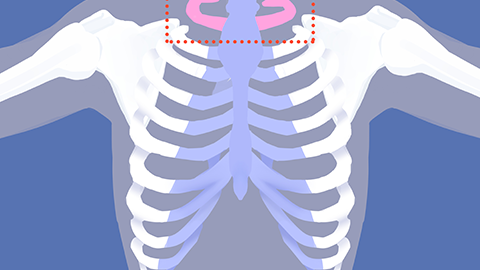How to determine malunion of rib fractures
In general, malunion of rib fractures can be comprehensively assessed through observation of local appearance, evaluation of pain changes, assessment of mobility, palpation of the local morphology, and imaging examinations. The specific analysis is as follows:

1. Observation of local appearance: After a rib fracture, poor healing may lead to localized chest wall depression or protrusion,明显 differing from the surrounding normal chest wall contour. This deformity becomes more apparent during deep breathing, standing upright, or lying on the side, and in severe cases, may cause asymmetry between the two sides of the chest, affecting overall thoracic shape.
2. Perception of pain changes: During normal healing, pain at the fracture site gradually decreases and eventually resolves. In cases of malunion, persistent dull or sharp pain may remain at the fracture site, significantly worsening during coughing, sneezing, turning over, or any chest movement.
3. Assessment of mobility: Following proper healing, chest mobility typically returns to normal. However, with malunion, abnormal positioning of the fracture ends may restrict thoracic movement, leading to shallow and rapid breathing or inability to perform deep breathing normally.
4. Palpation of local morphology: Gently touching the fractured rib area may reveal abnormal bumps, depressions, or crepitus (grating sensation) if malunion has occurred, differing from the smooth contour of normal ribs. Pressing on the fracture site may elicit significant tenderness, and displaced bone fragments may sometimes be felt.
5. Imaging examinations: Chest X-ray or CT scans clearly show the healing status of rib fractures. In cases of malunion, imaging will reveal malalignment of the fracture ends, blurred fracture lines, and abnormally positioned bone fragments.
Individuals who have previously experienced rib fractures should avoid strenuous exercise and any pressure on the chest if malunion is suspected, to minimize irritation to the affected area. It is also important to maintain correct sitting and standing posture in daily life to prevent worsening of thoracic deformity.




